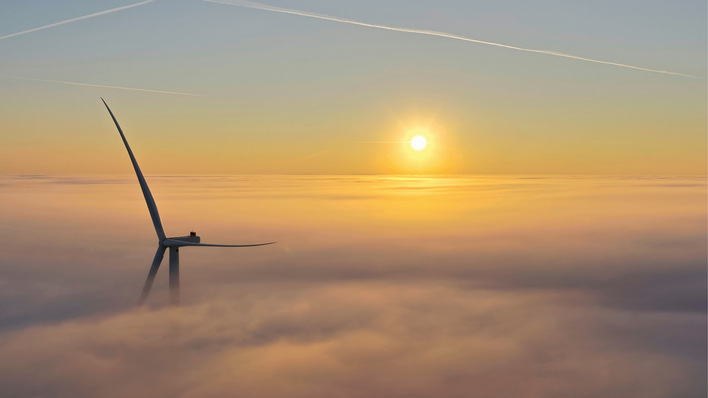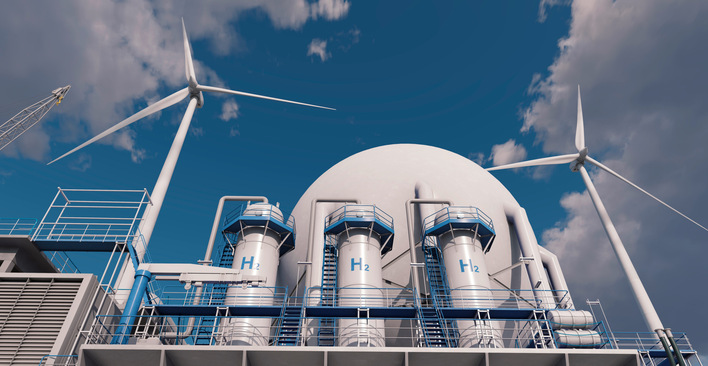Manufacturing capacity at REC expands from 954 MW at end of 2014 to 1,300 MW by the end of 2015. REC has strengthened its position in the
U.S. through several long-term supply agreements. How about Germany, we wanted to know?
Mr. Graré, what is your opinion about the German market? Is the auction system making the market attractive again?
The German market keeps on being weak, which is also due to the negative atmosphere and political discussions around EEG, Self-consumption surcharge, grid fee and more. We see the German market at around 1.2 GW in 2015, maybe a bit more next year. As of 2017, we expect a new drive because of the stronger push of battery storage. We will probably see costs of 5-6 EUR Cents / kWh for storage, plus 9-10 Cents for solar installation, so in total around 15 EUR Cents / kWh and therefore at a much better price than from the grid.
There are reasonable doubts about the attractiveness of the auction system. What we hear from our customers is that the mechanism is quite complicated and therefore not really attractive. This is reducing the variety of players but not the costs for end users.
We have heart the solar system price will fall until 2030 about 45 %. Is that realistic?
Actually, some industry analysts expect generation cost decrease of around 40% already by 2020. And this is indeed realistic. On the technology level, we see still some nice room for efficiency increase of multi crystalline solar panels, reducing the generation costs. Mono technology gives further cost decrease potential. Considering the global demand continuously growing, maybe up to over 70 GW in 2020, we can expect further economies of scale, again decreasing system costs.
China is an interesting market. How do you get a foot in the door?
China is expected to continue to be one of the biggest solar markets, or even the biggest one. If you want to be a top ten player in the industry, you have to be there. So far, China was closed for us. But we hope that with our new relation to ChemChina some doors will open up for us. China has set very ambitious plans for increasing solar in its electricity mix. This is a good base for the industry. However, we know from our experience in other markets, a real energy transition needs further marketization of electricity power trading, especially considering distributed generation capacities and to further reduce electricity costs for end-consumers.
What`s your globalization strategy? Are you focusing on a few markets?
It is due to our good global presence that we are benefiting from stable revenues and a sustainable growth. We will for sure continue and even expend this global strategy. We are growing very organically and this is the reason why we are considered as the financially most stable solar panel manufacturer by Bloomberg New Energy Finance. So our strategy is to be as much present worldwide at as little risk to our corporate value, employees and partners. This is why we are maybe not the first industry player to enter African markets but we will be maybe the most reliable partner here. We will start with 3 regional hubs in Kenya, Ghana and South Africa and grow from there, in particular by using local resources and a strong know how transfer from Munich, the regional HQ for EMEA. (Nicole Weinhold)







